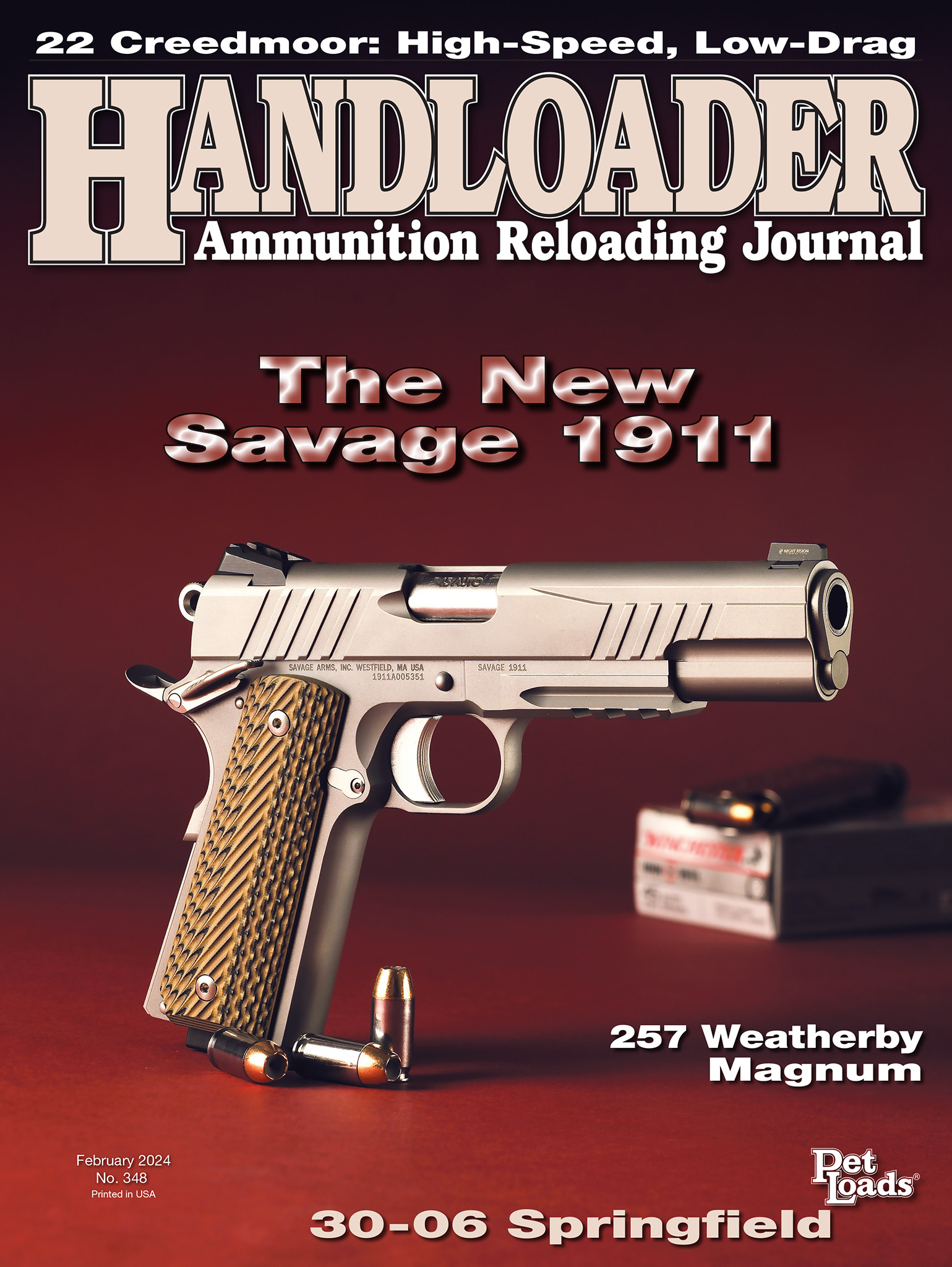Mike’s Shootin’ Shack
The 45-90
column By: Mike Venturino - Photos by Yvonne Venturino | February, 24
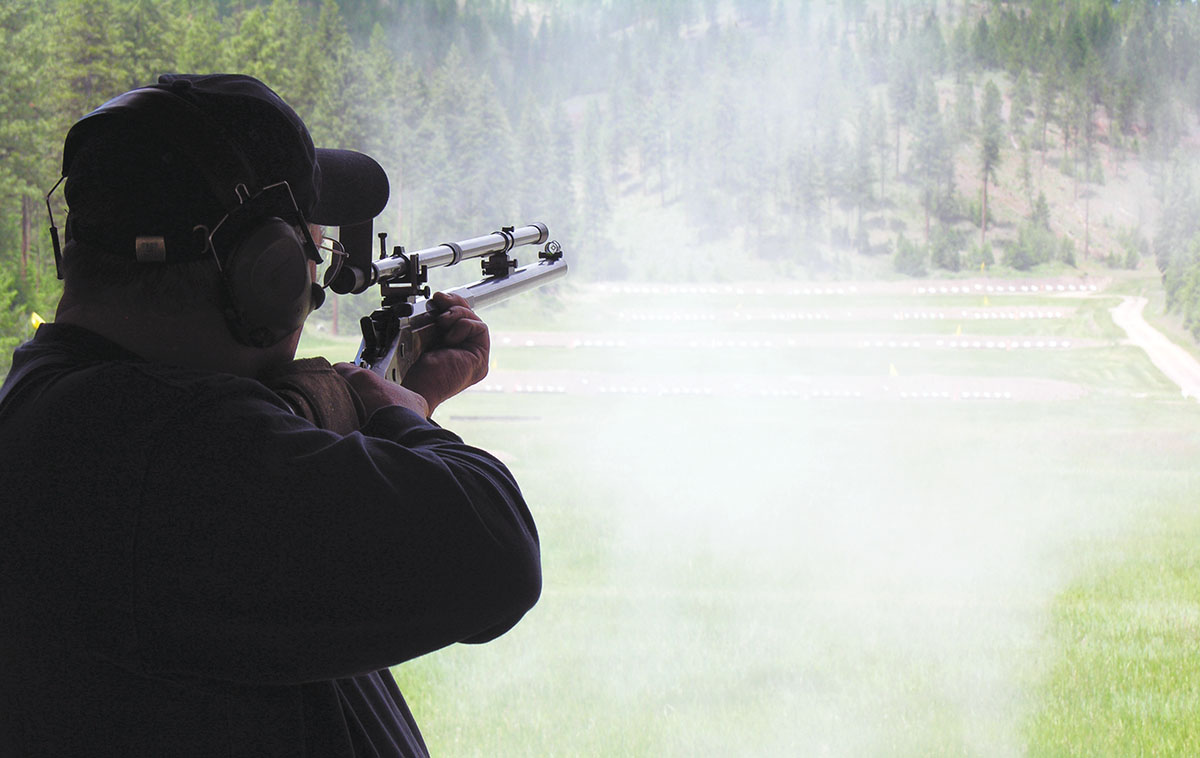
Today, most shooters simply call both cartridges 45-90, but be certain that in the 1870s, the Sharps Rifle Company never stamped those double digits on its rifle barrels. They either simply marked them “45 Calibre” or “45 Calibre” with a “24⁄10” stamped somewhere on the barrel. Additionally, Sharps factory ammunition was never loaded with less than 100 grains of black powder. The standard was a 550-grain paper-patched bullet.
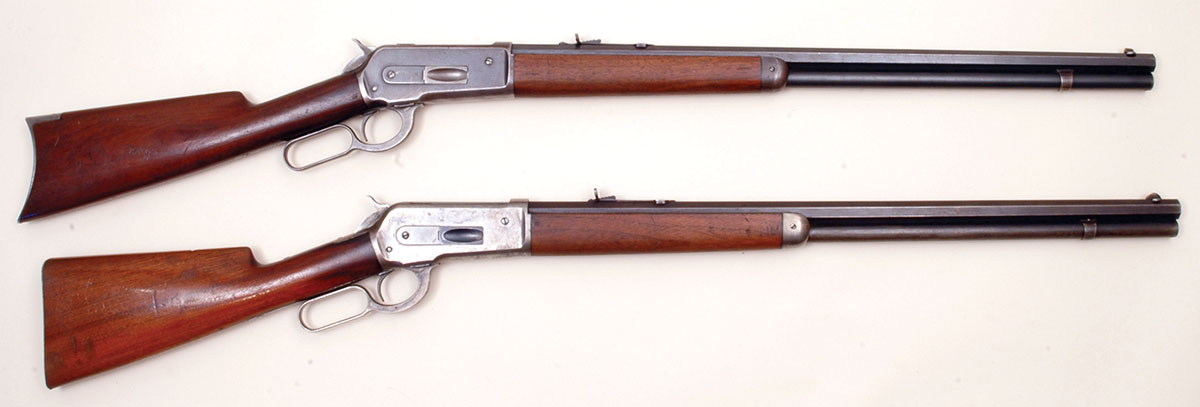
By 1876, when the Sharps Rifle Company switched to .45-caliber straight cartridges, they changed the name of their competition offerings to Long-Range rifles. Whereas a Sharps Sporting Rifle cost about $35, the special Long Range ones ran from $100 up. By 1876, Sharps Model 1874 Sporting Rifles were chambered for 45-21⁄10 (45 Gov’t.) but that round was never considered powerful enough for long-range competition. For that purpose, Sharps’ first long-range .45-caliber cartridge used a 2.6-inch case and then in 1877, a version with 2.4-inch case was introduced. Both case lengths were only factory loaded with a 100-grain powder charge and 550-grain bullets. Depending on the quality of powder used, 100 grains should push a 550-grain bullet from 32- or 34-inch barrels in the 1,250 to 1,350 feet per second (fps) range. Those two 45 rounds were also offered in the late-arriving Sharps Model 1877. Both models of Sharps Long Range Target rifles used 1:20 inches, or a 1:18 twist rate.
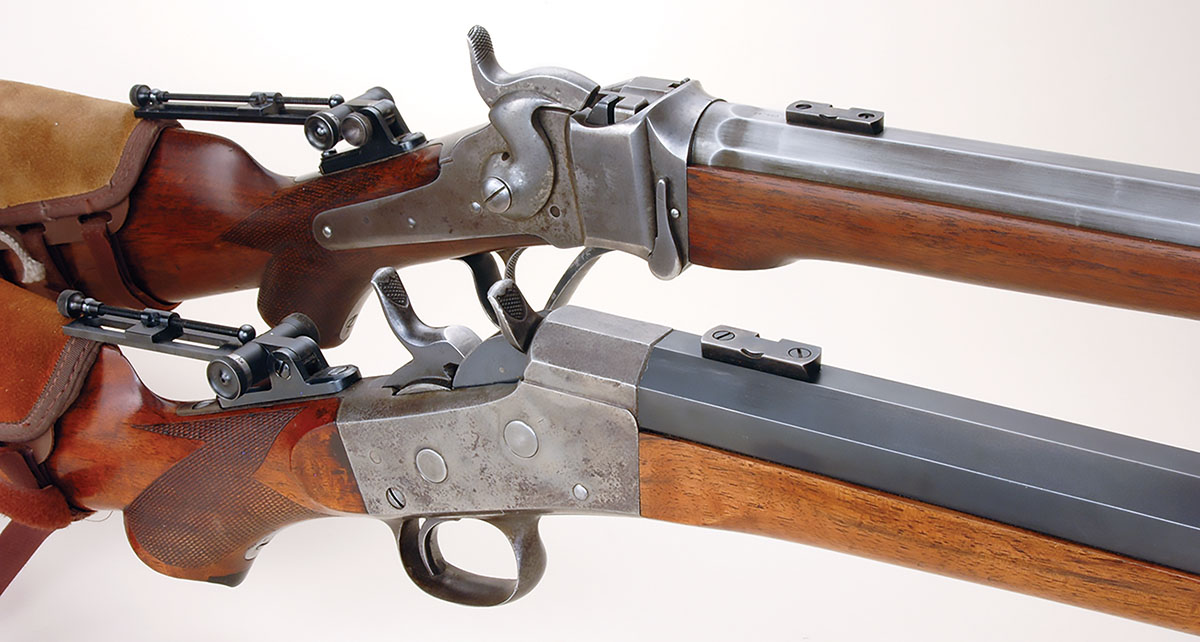
From the beginning, Winchester’s intention for Model 1886s in all its chamberings was big-game hunting. The 45-90s light bullet allowed velocity to climb to 1,500 fps. For such light bullets, Winchester used a 1:32 rifling twist rate compared to a 1:20 rifling twist for its Model 1886 45-70s. Incidentally, their 45-70 factory loads used bullets weighing from 330 to 500 grains.
Winchester’s standard barrel length for Model 1886 45-90s was 26 inches. Their stocks came with either shotgun-style buttstocks or the more traditional crescent-shaped ones. Both were capped with steel buttplates. As with all Winchester’s leverguns of that era, many custom options were available on request. My pick of Winchester 1886 45-90s was with an octagonal barrel and shotgun buttstock. I settled on a load of 30 grains of Accurate 5744 with RCBS mould No. 45-300-FN (weight with 1:20 alloy was 324 grains). Velocity was slightly above 1,400 fps.
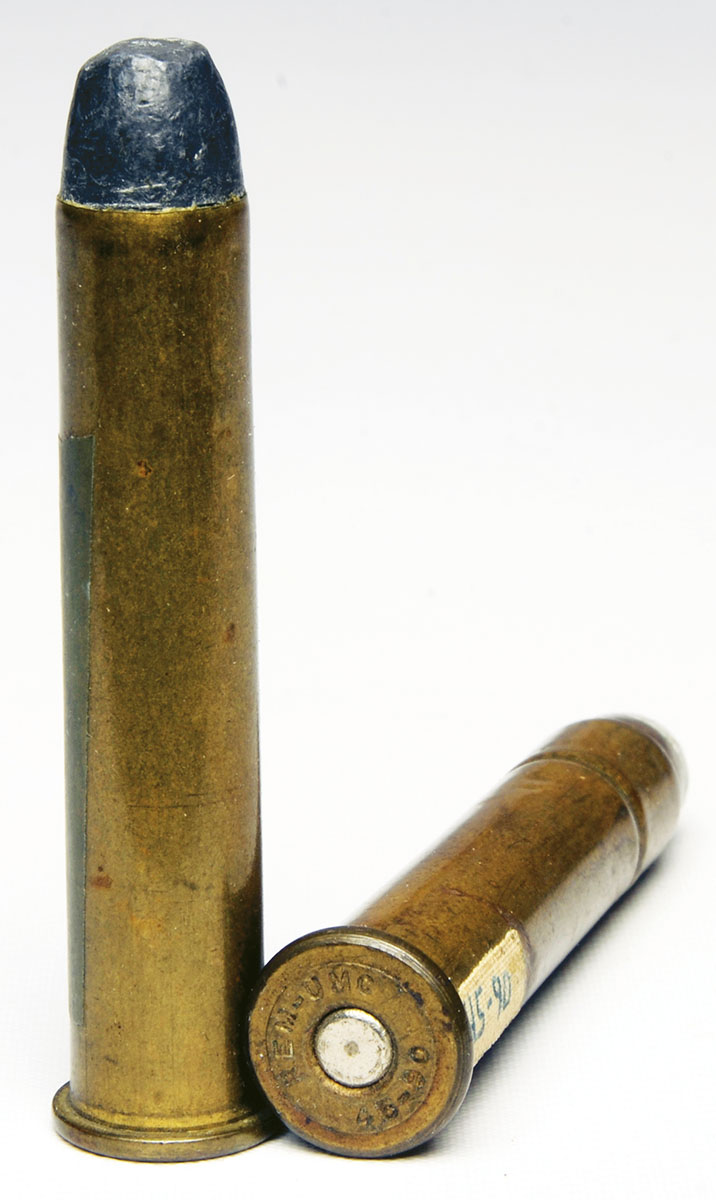
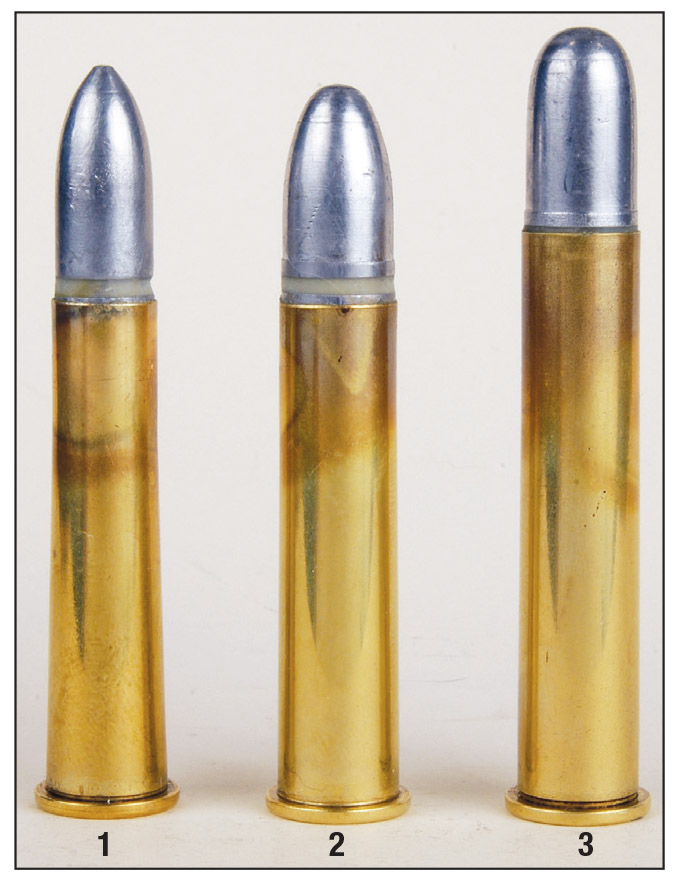
Personally, I was a very avid BPCR Silhouette competitor and tried most everything. To that end, I had fine rifles from both ends of the spectrum. Eventually, my rifle racks held two each of 40-65, 45-70 and 45-90. In each pair were a Sharps and a rolling block. Mostly, they were modern replicas, but in regard to 45-90, I managed to dig up original Sharps Long Range and Remington Creedmoor complete actions with buttstocks. They were then fitted with Krieger barrels with a 1:18 rifling twists. After much testing, my standard load for 45-90 became 70 grains of Swiss 1½ Fg with a Brooks custom mould dropping a 555-grain roundnose bullet (1:20 tin to lead alloy). The velocity of that combination just breaks 1,200 fps. I’m not one of the great champions of the sport, but my best score ever (33 hits of 40 possible), was fired with the Remington Creedmoor 45-90.


